What is the best Star Alliance frequent flyer programme for you?
Links on Head for Points may support the site by paying a commission. See here for all partner links.
A lot of people ask us about the best Star Alliance frequent flyer programme so I thought it was worth running through the options again today.
Unfortunately, this is the ultimate ‘how long is a piece of string’ question to which there is no right or wrong answer.
It would be great if there was a ‘slam dunk’ easiest option. There used to be – Aegean was the default choice for a while, and bmi British Midland before that – but no longer.
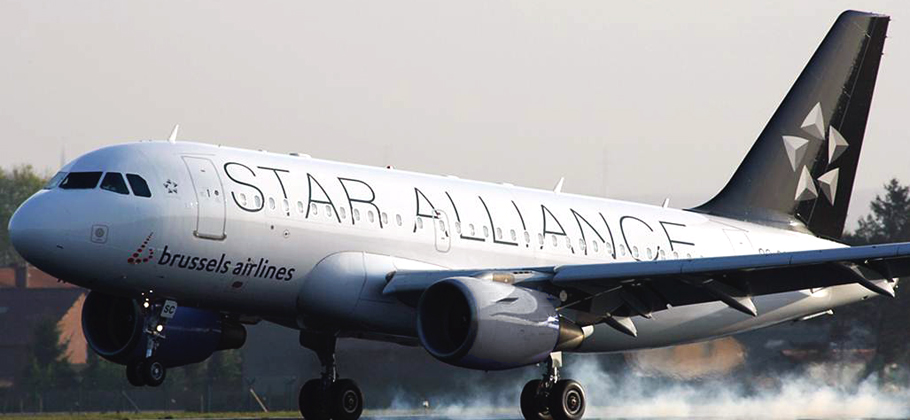
Who are the members of Star Alliance?
Star Alliance is the biggest of the three global airline alliances, both in terms of the number of member airlines and the number of destinations served. The other two alliances are oneworld, which includes British Airways, and SkyTeam, which includes Virgin Atlantic.
The members of Star Alliance are: Aegean, Air Canada, Air China, Air India, Air New Zealand, ANA, Asiana, Austrian, Avianca, Brussels, Copa, Croatia, EgyptAir, Ethiopian, EVA, LOT, Lufthansa, SAS (leaving on 31st August 2024), Shenzen, Singapore, South African, SWISS, TAP, Thai, Turkish and United.
The number of frequent flyer programmes is smaller. Austrian, Brussels, Croatia, LOT, Lufthansa and SWISS all use Miles & More whilst Shenzen uses the Air China programme.
Italian airline ITA will join Star Alliance and adopt Miles & More during 2025 following its partial acquisition by Lufthansa.
What should you think about when selecting a frequent flyer programme?
You need to remember that frequent flyer scheme attractiveness is a function of:
- Earning rate for a specific route and class of service
- Burning rate for a specific route and class of service
- Point thresholds required for status
- Amount of time status lasts
- Specific benefits gained from holding status with that airline
- Ability to earn miles from third parties
- Whether and how they impose surcharges on redemptions
- Whether you can do one-way redemptions
- Whether you can include stopovers on redemptions
- Whether the programme allows family accounts
If you earn most of your miles from credit cards and redeem mainly to Asia, your answer may be different from someone who earns miles mainly from non-flexible business class flights and redeems mainly to North America.
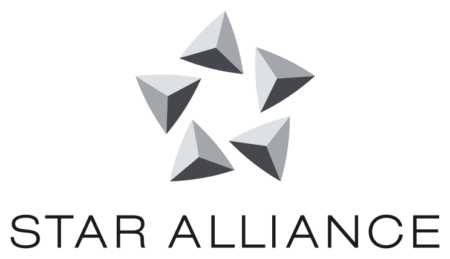
Programme A may get you status the quickest if your flights are all on Carrier X in flexible business, but Programme B may get you status quicker if your flights are all in discounted economy. Programme C may have higher status thresholds than either, but may give status for two years (and/or have a soft landing if you don’t renew). Programme D may have higher thresholds than either A, B or C but have extra availability of award seats for its own elite members.
Flyer A may fly a lot so earns all the miles he needs from flying. Flyer B may only do the odd flight, so is reliant on the airline having a credit card partner if they are to get enough miles for a decent redemption. Flyer B may also prefer a programme that allows one-way redemptions, as he could use a small amount of miles to fly to XXX and fly back using Avios instead ….
Perhaps you’re taking a one-off Star Alliance flight with your family – in which case you need a scheme which offers a family account as otherwise you’ll have 3-4 accounts with too few miles to use.
It’s all very complicated.

Here are some examples:
Lufthansa:
I have historically stuck with Lufthansa Miles & More for Star Alliance flights. Why? Well, I like Lufthansa First Class, and availability is heavily restricted to Star Alliance partner airlines. You can usually only book it within 14 days of departure via other Star Alliance frequent flyer schemes but Miles & More members can book well in advance.
Lufthansa also has good value redemption rates to the Middle East – 70,000 miles return in Business with a 25% discount for children – which is a route I use annually. Availability was very good pre-covid over UK half-terms as German and Swiss schools are not off, although it has been more restricted since then.
On the downside, Miles & More miles expire after three years – however much activity you have – unless you hold the Miles & More credit card (no longer possible in the UK) or have elite status. They are not an American Express Membership Rewards transfer partner and most transfers to Miles & More from hotel programmes are currently suspended. And their taxes can be huge. And the earning rate for many Star partner airlines is poor. And they don’t do family accounts for UK residents. For many people, Miles & More is a terrible choice – it just happens to work for me.
Air Canada:
Since Air Canada relaunched its Aeroplan scheme in 2020, it has become arguably the best Star Alliance frequent flyer programme if you are keen on a high number of partners, low taxes and online booking.
As well as Star Alliance members, Aeroplan also lets you redeem on Emirates, Etihad, Bamboo Airways, Air Mauritius, Air Serbia, Azul, Eurowings, GOL, Oman Air, Virgin Australia and Vistara, amongst others. That’s a pretty impressive list.
The snag for UK residents is that there is no generous way of earning Aeroplan miles via credit card spend. The only option is to transfer American Express Membership Rewards points to Marriott Bonvoy (or use the Marriott Bonvoy American Express card directly) and then transfer them to Aeroplan.
If I started a new job tomorrow which would involve substantial Star Alliance travel, I would be crediting to Aeroplan to get access to their non-Star Alliance partners.
Aeroplan is also a good option if you do occasional cash flights on Emirates, Etihad or another of the non-Star Alliance partners listed above. You would be able to pool them with your Star Alliance flight earnings.

Singapore Airlines:
Singapore Airlines is the other core Star Alliance carrier that tends to restrict award availability on its own flights to its own members. I have booked Singapore Airlines First Class in the past and the only way to get this was moving Membership Rewards points to their Krisflyer scheme.
A few years ago I booked four Singapore Airlines seats in Business Class to Singapore and, because I needed the extra availability not offered to Star Alliance partners, this had to be booked with KrisFlyer miles. Singapore Airlines has low pricing to the Middle East (you fly Lufthansa or SWISS) and has various other sweet spots too.
Like Lufthansa, Singapore Airlines KrisFlyer has a ‘hard’ three year expiry. You need to use your miles within three years of earning them or they will expire. The programme also became less attractive when the transfer rate from American Express Membership Rewards was reduced from 1:1 to 3:2.
Turkish Airlines:
Turkish Airlines offers status for two years once you achieve it and has family accounts. It has become more relevant since it began to allow online booking of partner airline flights without insisting that you visited a Turkish Airlines office in person.
Aegean:
Aegean used to have unbelievably easy targets for achieving status. The gravy train ground to a halt a few years ago when a requirement was added that you needed to fly FOUR segments on Aegean itself each year. If you can manage this, you will earn Gold for a surprisingly low number of status miles. Without it, the mileage requirement for Gold is doubled.
If you want the quickest route to Star Alliance Gold status, and you can fit in a four segment trip to and around Greece on Aegean once a year – Aegean is the scheme for you.
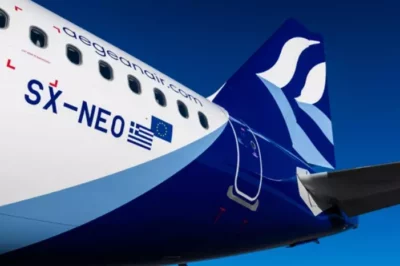
Avianca:
Avianca generally has lower priced redemptions than other airlines, and has a ‘cash and miles’ option. Avianca also doesn’t add surcharges on redemptions – even on airlines like Lufthansa who charge them to their own members. The airline has a track record of making ‘no notice’ changes to its scheme, however, and if you have issues you are dealing with a company based in Latin America with a reputation for not being easy to contact.
ANA:
Japanese airline ANA is generally regarded as having one of the lowest priced award charts in Star Alliance although this obviously won’t be true for every city pair. It does not allow one way redemptions, which could be an issue, and has become very aggressive in adding surcharges to rewards since the pandemic.
It also restricts redemptions to the account holder and immediate family members, so you won’t be bringing any friends – I’m not sure what the rule is on partners vs spouses.
Asiana:
Asiana, the South Korean airline, has a 10 year expiry period so you aren’t at any risk of losing miles. It is also partners with Etihad and Qatar Airways so you could top up your account with flights on those airlines. Asiana is in the process of being taken over by Korean Airlines and is likely to leave Star Alliance if the deal completes.
United Airlines:
United has stopped expiring its miles which may make it more attractive to some. I would not necessarily trust them to retain this policy long term. It also has a partnership with Marriott Bonvoy which lets elite members transfer between the two schemes and allows mileage pooling if you want to combine family miles.
United is the only Star Alliance airline that I know of which has sensibly priced intra-Europe redemptions.
Family accounts:
Asiana, ANA, Turkish, SAS, Air New Zealand and EgyptAir have some form of family account or points pooling. Aegean has one too but it is only open to Silver and Gold status members. Lufthansa allows them for members in some countries but not the UK.
This is only a sample of the options available from the many Star Alliance airlines.
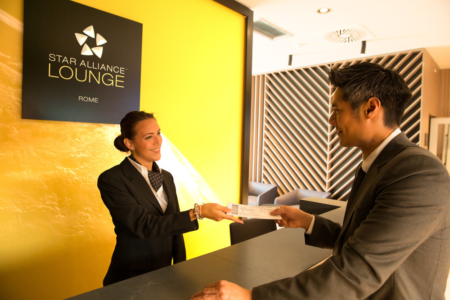
Think about how you will top up your miles when you’re not flying
No UK Star Alliance airlines have their own credit card.
American Express Membership Rewards lets you transfer to SAS and Singapore Airlines. Of the two, Singapore has the more generous award chart – most people find SAS redemptions to be poor value on most routes. However, Amex transfers to SAS are 1:1 whilst Singapore Airlines is worse at 3:2. Of course, with SAS leaving Star Alliance on 31st August 2024, this will soon be a moot point.
Hotel transfers to Miles & More are currently suspended due a legal dispute in Germany. If/when they resume, Marriott Bonvoy opens up some other options if you get the Marriott Bonvoy American Express card (we review the Marriott Bonvoy Amex card here) and move the points across.
Most Star Alliance airlines are Marriott Bonvoy transfer partners – here is the full list – and the ratio is a generous 3:1,with a 25% bonus if you move in chunks of 60,000 Bonvoy points). You can also move Amex Membership Rewards points into Marriott Bonvoy – at a 2:3 rate – and then onto other airlines.
HSBC Premier credit cards are partners with Singapore Airlines, TAP Air Portugal and EVA Air.
This HfP article (click) looks at the best Star Alliance credit card options for UK residents in more detail.
The lounge access rules may impact the programme you pick
There is one other important thing to remember about Star Alliance status. A mid-tier status card will either get you no lounge access at all or only access with the airline grouping that issues your card.
If you turn up at a Lufthansa lounge with a Lufthansa economy ticket and a Thai Silver card, you’re not getting in. (Thai Gold, yes, Miles & More Silver, yes.) This is the opposite of BA / oneworld, where a Silver (mid-tier) card on any airline gets you into any lounge.
This means, if you fly with Lufthansa most of the time and want lounge access, you actually need to compare the flights needed for Miles & More Silver with the flights needed for (fill in whatever airline) Gold. This complicates the analysis even further.
The answer is ….
…. that there is no easy answer.
Having just got Miles & More Gold via a status match, I will be sticking with it for at least the next couple of years. Until this point, I had been reconsidering my Miles & More allegiance, given that award availability has got tighter, the miles have a 3-year hard expiry and there is no longer a UK credit card.
If I did walk away and was planning a lot of Star Alliance travel, I would probably be leaning towards Air Canada and Aeroplan going forward. This is due to the wide number of non-alliance partners, the good value redemptions and the general feeling that this is a programme which is not standing still.
PS. If you are not a regular Head for Points visitor, why not sign up for our FREE weekly or daily newsletters? They are full of the latest Avios, airline, hotel and credit card points news and will help you travel better. To join our 70,000 free subscribers, click the button below or visit this page of the site to find out more. Thank you.
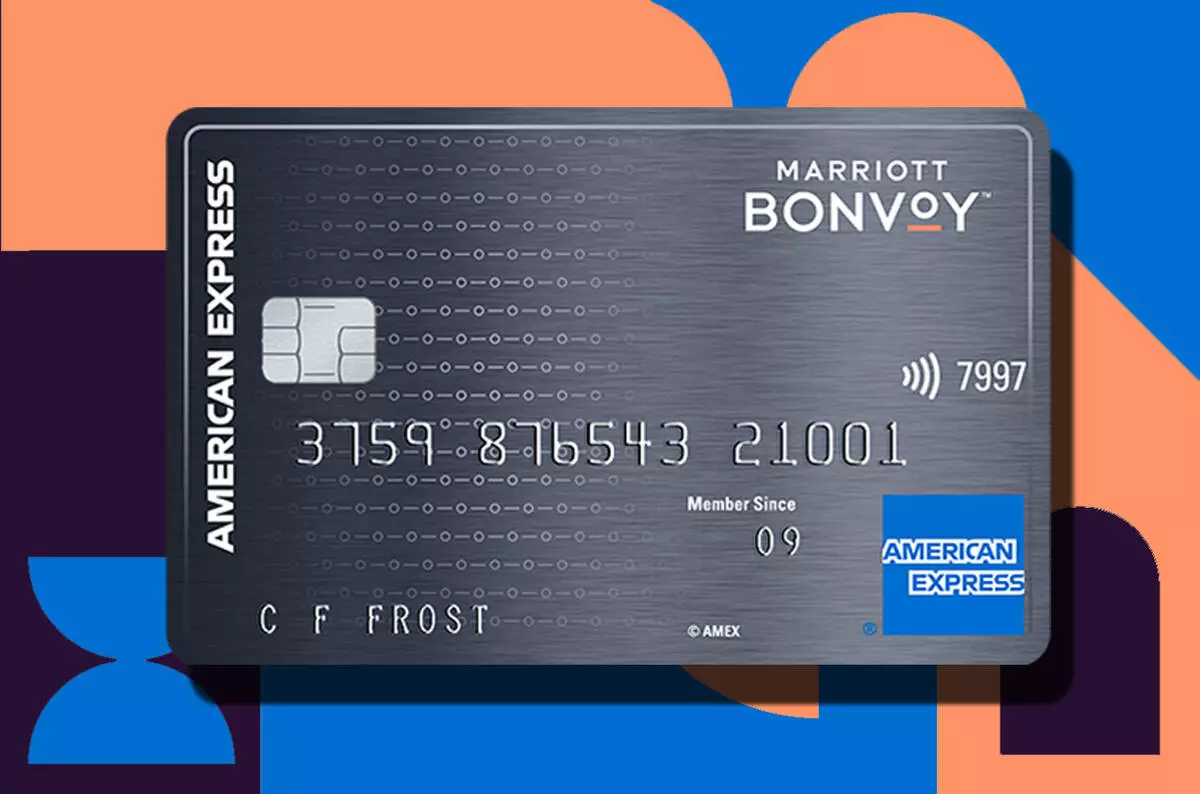
How to earn Star Alliance miles from UK credit cards (July 2025)
None of the Star Alliance airlines currently have a UK credit card.
There is, however, still a way to earn Star Alliance miles from a UK credit card.
The route is via Marriott Bonvoy. Marriott Bonvoy hotel loyalty points convert to over 40 airlines at the rate of 3:1.
The best way to earn Marriott Bonvoy points is via the official Marriott Bonvoy American Express Card. It comes with 20,000 points for signing up and 2 points for every £1 you spend. At 2 Bonvoy points per £1, you are earning (at 3:1) 0.66 airline miles per £1 spent on the card.
SPECIAL OFFER: Until 15th July 2025, the sign-up bonus on the Marriott Bonvoy American Express Card is TRIPLED to 60,000 Marriott Bonvoy points. This would convert into 25,000 Avios or into 40 other airline schemes. It would also get you at least £300 of Marriott hotel stays based on our 0.5p per point low-end valuation. Other T&C apply and remain unchanged. Click here for our full card review and click here to apply.
There is a preferential conversion rate to United Airlines – which is a Star Alliance member – of 2 : 1 if you convert 60,000 Bonvoy points at once.
The Star Alliance members which are Marriott Bonvoy transfer partners are: Aegean, Air Canada, Air China, Air New Zealand, ANA, Asiana Airlines, Avianca, Copa Airlines, Singapore Airlines, TAP Air Portugal, Thai Airways, Turkish Airlines and United Airlines.
You can apply here.
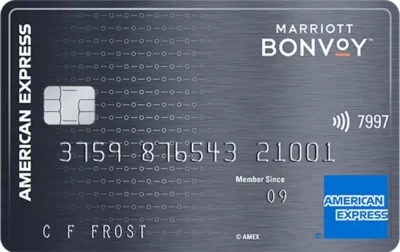
Marriott Bonvoy American Express Card
60,000 points (to 15th July) and 15 elite night credits each year Read our full review









Comments (37)